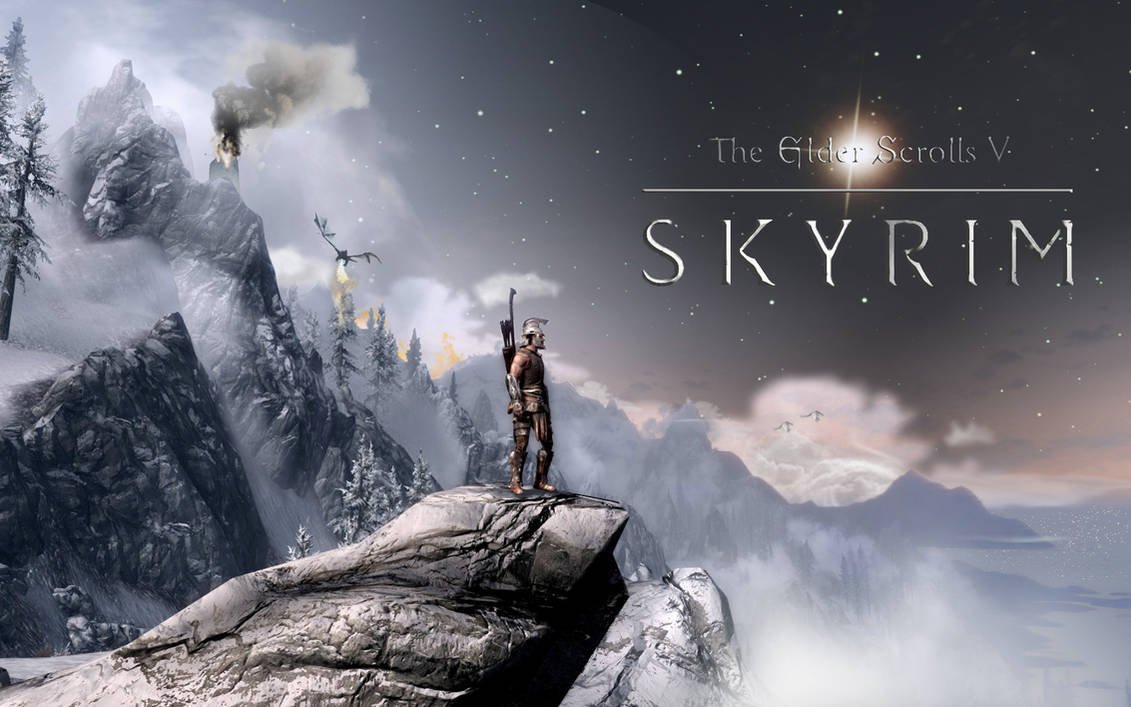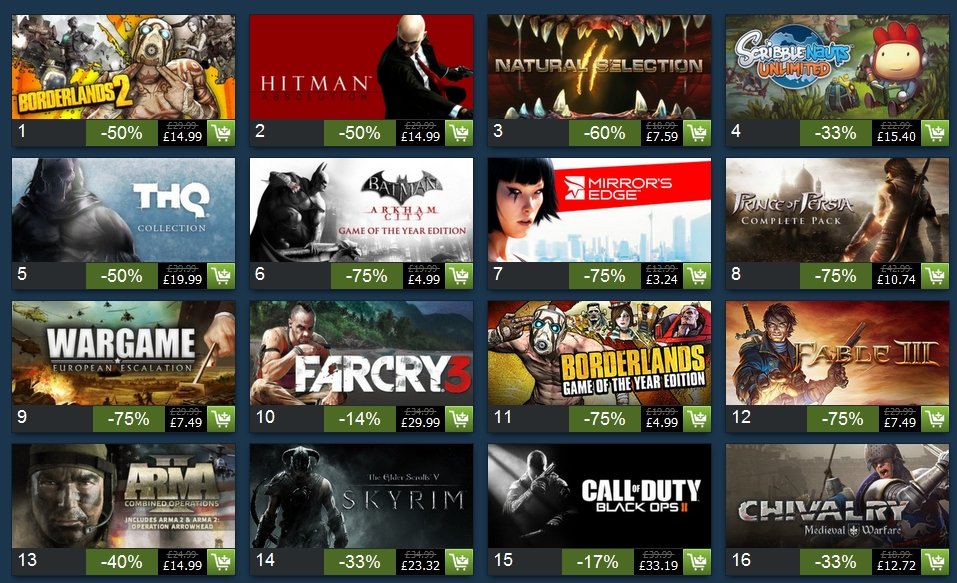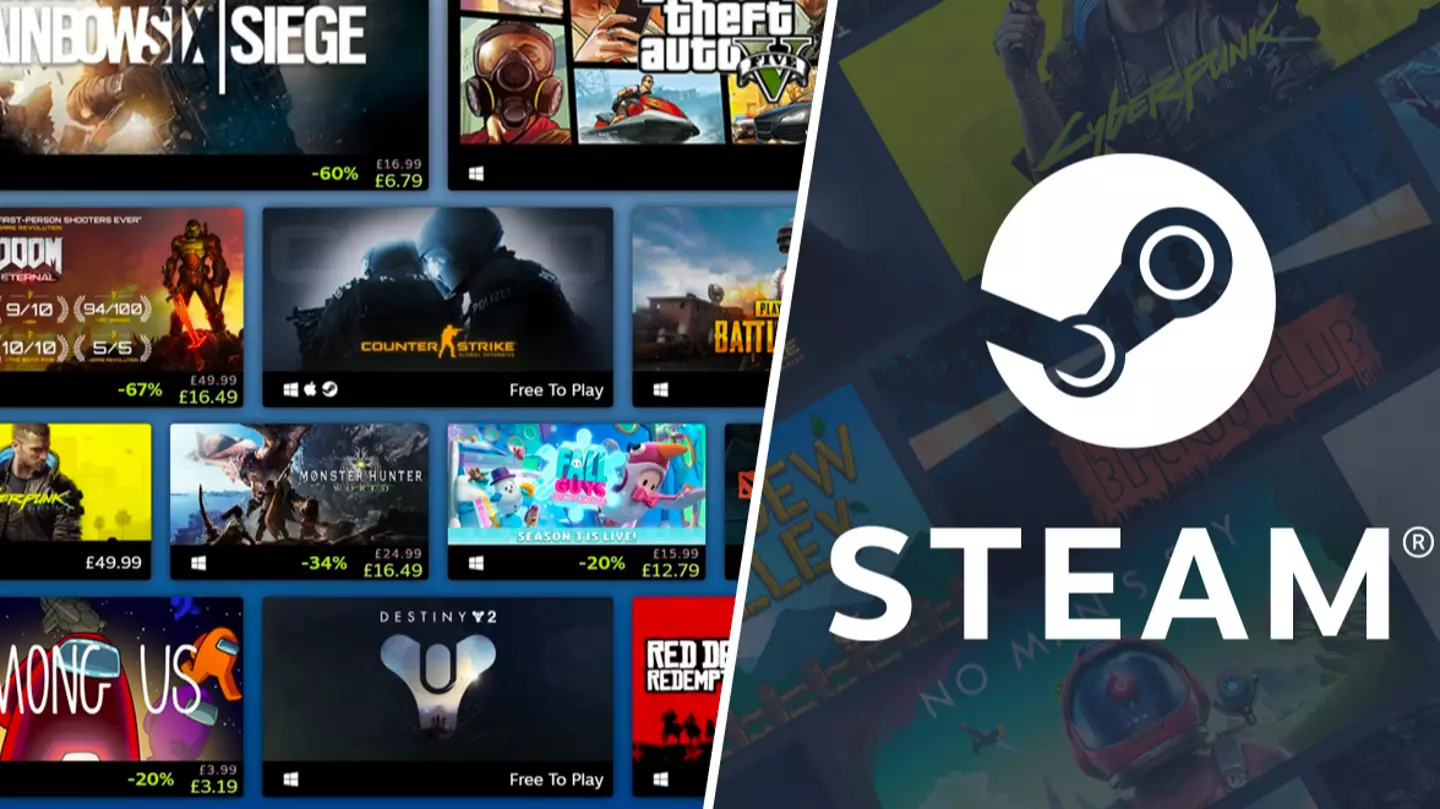Featured Image Credit: Steam Screenshot
In today’s digital economy, the word “monopoly” often comes with a heavy dose of skepticism especially in the gaming industry, where corporate consolidation is a hot-button issue. Yet, despite Steam’s overwhelming dominance in the PC gaming market, its near-monopoly might not be the villain it’s often made out to be. In fact, Steam’s continued prominence has arguably resulted in better outcomes for gamers than a fragmented, hyper-competitive ecosystem might have. Let’s explore why that is.

- Unified Platform = Simpler Experience for Gamers
One of the most tangible benefits of Steam’s dominance is the unified, streamlined experience it offers. Gamers can purchase, install, launch, and update their games—all from one place. Gone are the days when players had to manage dozens of CDs, manual patches, or even worse, incompatible versions of games. Steam has largely normalized the idea of one-click installs, cloud saves, auto-updates, and universal game libraries.
If the PC market were fractured among many small storefronts and platforms, users would likely need to juggle multiple accounts, launchers, and update systems. We already see some of this with Epic Games Store, EA Play, Ubisoft Connect, Battle.net, and others. Many gamers express frustration over needing to remember which game is on which platform, let alone deal with different refund policies or game library syncing.
With Steam leading the pack, the user experience stays mostly consistent. A centralized hub means players waste less time managing games and more time playing them.
- Competition for Developers, Not Just Gamers
Steam’s monopoly isn’t absolute—it still faces pressure from Epic, GOG, Microsoft Store, and others. This means Steam can’t afford to be complacent, especially when it comes to features developers care about. Valve has continually improved the developer-facing side of Steam—offering robust tools for game distribution, in-depth analytics, community integration, workshop modding support, and DRM options.
This all makes Steam an attractive platform for indie developers, who might lack the resources to maintain their own infrastructure. While Epic may offer a better revenue split (88/12 vs Steam’s 70/30), Steam’s massive built-in audience and feature set often make it the better choice in practice.
When developers win with better tools and larger audiences, gamers benefit with more polished games, better updates, and an active modding community.
- Frequent Sales and Competitive Pricing
Steam’s dominance also means gamers enjoy some of the best sales in the industry. The famous Steam Summer and Winter Sales offer deep discounts—sometimes 70% to 90% off—on thousands of titles. Steam’s scale allows it to negotiate better deals with publishers, while the sheer volume of sales offsets lower per-unit revenue. It’s simple economics: when you’re the biggest storefront, you can afford to slash prices without going under.
Steam’s influence has also pressured competitors to match its pricing strategies. Epic, GOG, and even console platforms like PlayStation and Xbox often try to compete by offering similar deals—though often with less breadth and depth.
Moreover, Steam’s refund policy is consumer-friendly: users can request a refund on any game played for less than two hours, no questions asked. This sets standard other platforms feel compelled to match.

Featured Image Credit: Steam screenshot
- Powerful Ecosystem: Mods, Reviews, and Community
Another advantage of Steam’s size is the vibrant ecosystem it has fostered. Steam Workshop has become a central hub for game modding, allowing users to install and manage mods easily with just a few clicks. For titles like Skyrim, Cities: Skylines, and Left 4 Dead 2, the modding community has extended the lifespan of these games by years.
Then there’s Steam’s user review system, which offers a decent way to gauge whether a game is worth buying. While not perfect (e.g., review bombing can still be an issue), Valve has made continuous improvements to prevent abuse and highlight legitimate feedback.
Steam also integrates community forums, user guides, and achievement tracking, making it more than just a storefront. It’s a social gaming hub, a far cry from the sterile alternatives offered by some competitors.

Featured Image Credit: In game screenshot, Photo by Akshay Hamilton, under license Deed – Attribution 2.0 Generic – Creative Commons
- Standardization Promotes Innovation, Not Stagnation
Critics often argue that monopolies lead to stagnation, but in Steam’s case, the opposite has often been true. With a relatively stable platform to build on, developers can focus their efforts on creating better games, not reinventing the distribution wheel. Steam’s wide adoption means developers don’t need to spend precious time and money supporting obscure platforms with tiny user bases.
At the same time, Valve has used its dominant position to experiment with innovations like Proton (which brings Windows games to Linux), Steam Deck (handheld PC gaming), and SteamOS. These initiatives might not be financially viable without a solid foundation of market share. In other words, Steam’s monopoly gives it the runway to take risks that smaller companies can’t.
- Protecting Gamers from In-Game Advertising
One often-overlooked benefit of Steam’s dominance is its strong stance against invasive in-game advertising. Unlike mobile gaming or some free-to-play console titles, Steam’s ecosystem has remained largely free from pop-up ads, mid-game promotions, or dynamically injected third-party ads.
In fact, Valve has historically discouraged or outright rejected games that attempt to implement aggressive advertising models. This pressure from Steam helps establish a consumer-first standard. If a publisher wants to flood a game with intrusive ads or product placements, they risk Valve intervening or gamers voicing backlash through reviews and refund requests.
Compare this to the mobile gaming world, where ads are almost unavoidable, even in paid titles. The fact that gamers can trust that a full-priced Steam game won’t bombard them with banners or videos is a massive quality-of-life win. Without Steam’s dominance, publishers might push the boundaries of monetization much further on PC.
- Protecting Consumers from the Wild West
A fragmented market would likely increase consumer risks. Every new platform means a new company holding your data, managing your purchases, and determining your access to your games. Not all of them would offer the same refund guarantees, data protection, or long-term access to titles.
Steam, for all its faults, has proven to be relatively stable, secure, and trustworthy. Its long history of uptime and consumer rights protections (like region-based pricing and family sharing) means gamers can feel reasonably confident that their purchases are safe for the long haul.
Conclusion: A Benevolent Giant—for Now
Steam’s near-monopoly on PC gaming isn’t without issues. It’s important to remain cautious of any company with this much power, and competition from Epic and others helps keep Steam honest. However, in a digital world where fragmentation often means inconvenience, inconsistency, invasive ads, and consumer risk, Steam’s dominance has—so far—led to a more unified, accessible, and gamer-friendly ecosystem.
Gamers, by and large, have reaped the benefits—and avoided many of the pitfalls.


